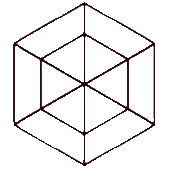573 words
Parent: T.00_ED_TEXTUAL HOLOGRAM: PRESENTATION
FOLDS AND PIXELS
Source: Elie During, “Thinking against the brain: the performance of algorithmic space”, in Yuusuke Karasawa | Toward Network Type Architecture by Algorithmic Method, Tokyo, Lixil, Contemporary Architect’s Concept Series n°28, forthcoming.
After thirty or so years of intensive research and experimentation in algorithmic design, architectural theory finds itself at a crossroads. On the one hand, the abuse of parametric techniques, conjoined with an obsessive focus on continuity, has yielded a wealth of smooth biomorphic shapes and textures, as well as a revival of interest in ornamental art. This new mannerism is still largely on display in stylish magazines and catalogues, and occasionally in our cityscapes. Whether we are dealing with warped and folded surfaces, or objects deformed by “force fields,” the resulting visual style is uniquely continuous. Even when it does not translate into seamless, curvilinear forms, developing instead into intertwined, punctured or fractal motives, continuity still operates at a more fundamental, non-representational level. As remarkable as the underlying geometries may be, and despite the appeal of such concepts as “virtual” and “emergence,” the intuitive immediacy of design prevails. Form is defined by a constant reliance on continuous—or continuously distorted—manifolds. As Mario Carpo observed, this fact illustrates a rather paradoxical situation: while using thoroughly digital—thus basically discrete—technology, most architects are putting computers to service in a way which is anything but computational, thereby avoiding a more direct confrontation with what has become one of the defining features of everyday life in massively automated societies (see Mario Carpo, The Second Digital Turn: Design Beyond Intelligence, MIT Press, 2017).
In more recent years, on the other hand, some have voiced the concern that digital architecture should come to terms with its computational nature in a more resolute way, emphasizing the notion of discreteness not only in the use of “high-resolution” computational techniques and algorithms for conception and design, but also in the physical assembly of buildings according to new production processes with potentially important social implications (see Gilles Retsin (guest editor), Discrete: Reappraising the Digital in Architecture, Wiley, 2019). While the modular assemblage of scalable material parts mirrors the manipulation of versatile and distributed digital data, the use of basic materials and tools such as grid structures, building blocks or “boxes” arranged in rows, clusters and clouds, suggests an aesthetics of raw seriality and machinic process, in the spirit of the video game Minecraft. This raises yet another paradox. It is as if the open-ended performance of discrete architecture was bound to yield, in the end, a visual style of its own. In that respect, what the “second digital turn” has to offer is, for better or worse, a “low res” counterpart of the underlying digital medium: a pixelated image bearing new poetic analogies with the ways of nature… Thus, in two different ways, digital architecture ends up sidestepping a more fundamental issue. This issue reaches beyond style or technology; it is about the embodied pragmatics of architectural experience induced by the intensive use of algorithmic design techniques and the ensuing discretization of visual thinking. The fact is that our brains are somehow hard-wired for continuous forms and formats and consequently have a difficult time adjusting to the discrete logic of algorithmic process, as well as to the unfamiliar nature of discrete space.
Links
︎ egs.edu/biography/elie-during ︎ parisnanterre.fr/m-elie-during--697698.kjsp
From the same writer
T.00_ED_TEXTUAL HOLOGRAM: PRESENTATION T.01_ED_FOLDS AND PIXELS T.02_ED_DIGITAL SUBLIME T.03_ED_MATHEMATICAL SUBLIME T.04_ED_IMMANENT SUBLIME T.05_ED_NEXUS T.06_ED_KINKED CLASSICISM T.07_ED_LOOSE COEXISTENCE T.08_ED_FLOATING TIME T.09_ED_FLOATING SPACE T.10_ED_RETRO-FUTURES T.11_ED_EXITING VIRTUAL REALITY T.12_ED_BULLET TIME T.13_ED_GHOST TIME T.14_ED_SUBLIMINAL TIME T.15_ED_DIAGRAMS OF COEXISTENCE T.16_ED_VOLUME-IMAGE T.17_ED_VERTICAL TIME T.18_ED_TURNING MOVEMENTS T.19_ED_SUPERTIME T.20_ED_PROTOTYPE T.21_ED_ZERO-G ARCHITECTURE T.22_ED_SHOCK SPACE T.23_ED_TRANSPARENCY






